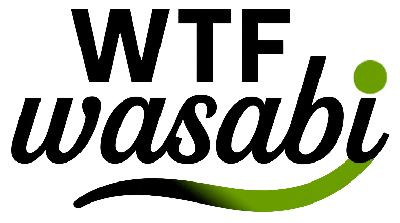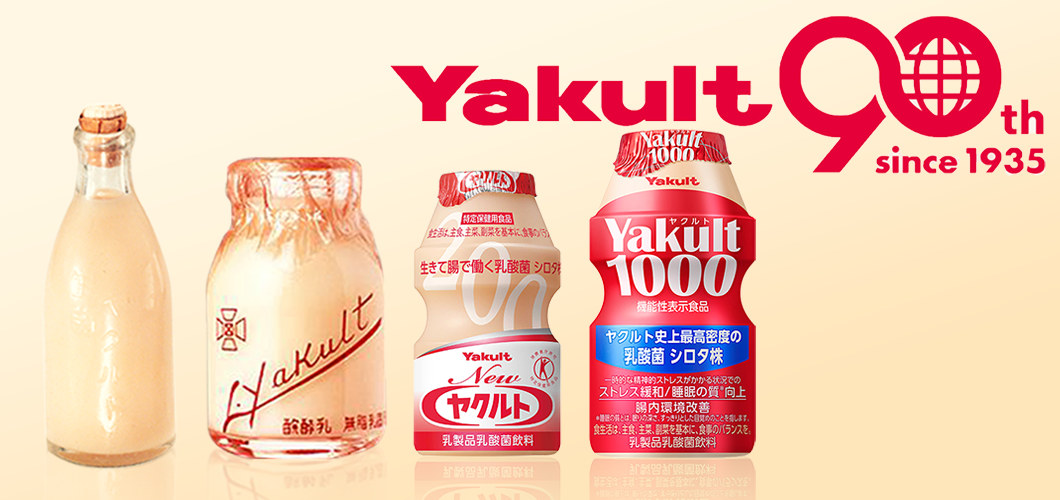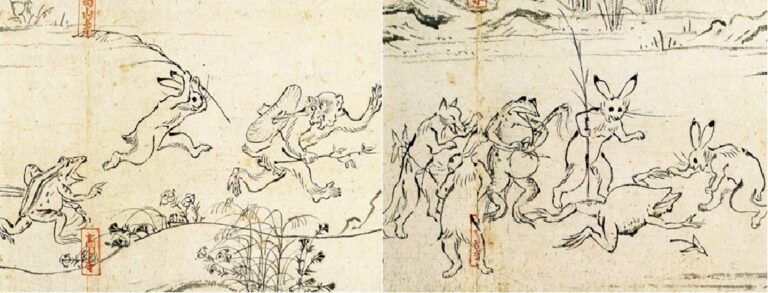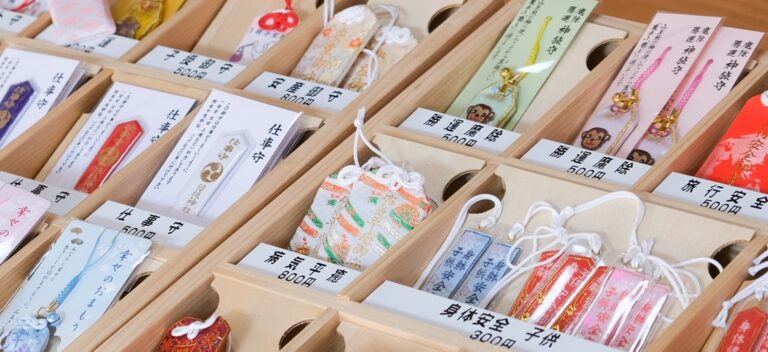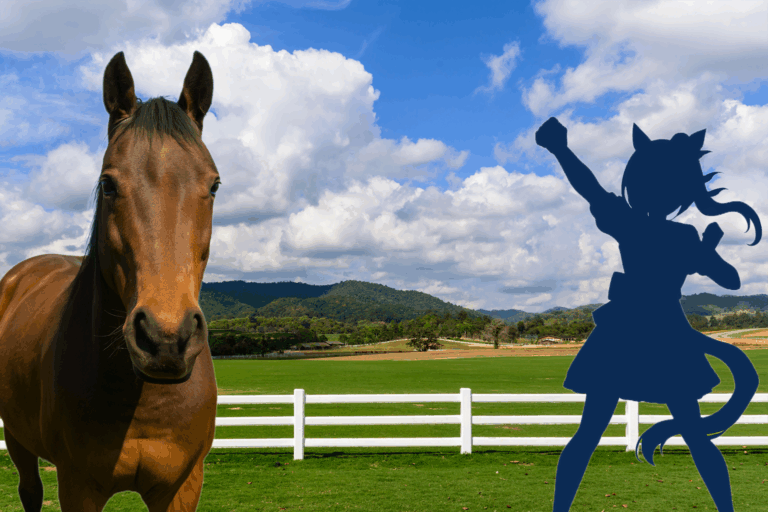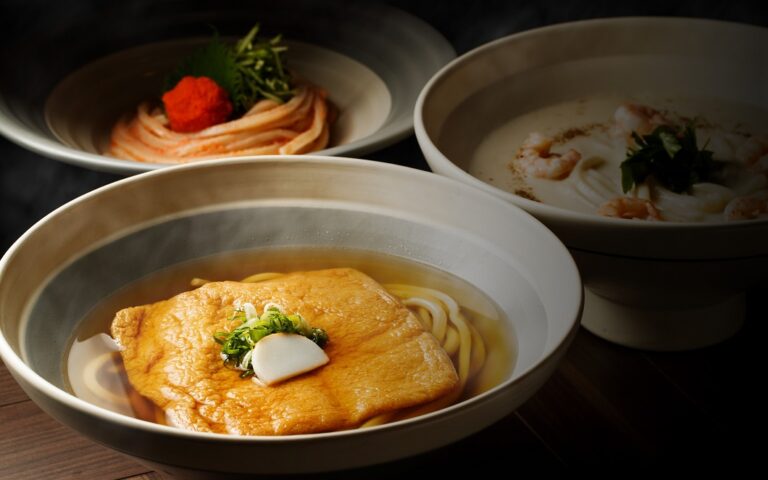Yakult fans are multiplying worldwide
Let’s clear this up first.
That tiny probiotic drink you saw in that Netflix movie? Yeah, the one labeled “Korean yogurt”?
Not Korean. It’s Japanese—and always has been.
The Netflix reference led many viewers to discover Yakult for the first time, even if it came with a bit of confusion. But rather than fuel debate, it sparked something else: global curiosity. From London to São Paulo, a growing number of first-timers have become full-on converts. Welcome to the Yakult wave.
Gut health, Japanese style
At its core, Yakult isn’t just a sweet drink in a cute little bottle.
It was designed around the idea of preventive medicine before that was even a buzzword.
Dr. Minoru Shirota’s goal in 1935? Keep people from getting sick in the first place by strengthening the gut.
The Shirota strain (L. casei YIT 9029) is still alive and kicking in every bottle. And in Japan, drinking Yakult daily is more than a habit—it’s practically a ritual.
From Japan’s COVID obsession to a global probiotic cult
During the pandemic, Yakult 1000 became a runaway hit in Japan.
Rumors claimed it boosted immunity and helped prevent COVID. Whether or not that was true, people believed it.
The drink became so scarce, fans called themselves “Yakult refugees” – wandering from store to store to find one bottle.
Fast forward to 2025: production has caught up, and now Yakult 1000 is going global.
TikTok is overflowing with unboxings. Supermarkets in Europe are selling out.
The Guardian called it a “global health sensation.”
Stress down. Sleep better. Gut happy.
Welcome to the cult of Yakult.
A bottle for every lifestyle
Yakult isn’t a one-size-fits-all product.
Depending on your taste, sugar tolerance, or probiotic needs, there’s a version that fits.
| Product | What it does |
|---|---|
| Yakult | The original. 200 billion Shirota bacteria. |
| Yakult 400 | Double the dose. Found in clinics & some stores. |
| Yakult 1000 | Flagship model. Sleep + stress support. |
| Calorie Half | Less sugar, same punch. |
| Chewable tablets | For kids and people on the move. |
| Milmil / Joie | Yogurt-style drinks, mostly home delivery. |
Not all versions are sold everywhere. Some, like Milmil or Joie, are available only through Yakult’s delivery service, giving a glimpse into Japan’s hybrid sales system.
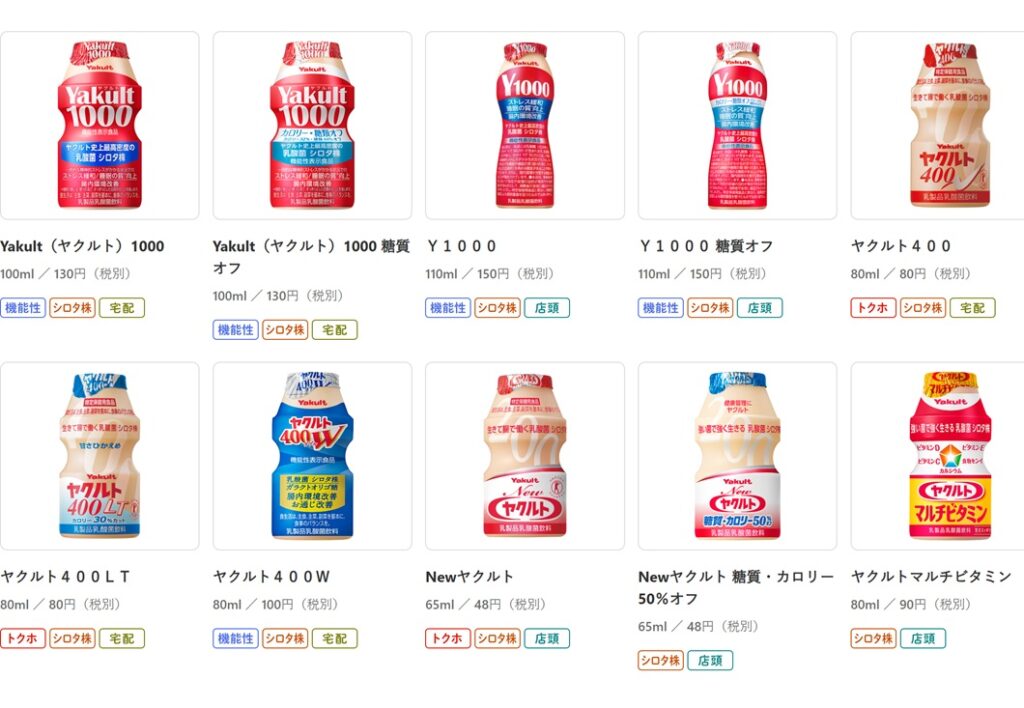
(Column) How some people in Japan enjoy Yakult differently: Don’t kill the Shirota
While most people in Japan drink Yakult as is, a small but creative crowd has come up with their own ways to enjoy it. Some freeze it into popsicles. Others pour it over crushed ice like a dessert.
A few even mix it with sake or use it in smoothies.
But here’s the golden rule: don’t heat it.
Shirota bacteria are alive—that’s the point. If you boil Yakult or microwave it, you’re just making sweet soup. Keep it cold. Keep it alive.
People still deliver Yakult (and that’s the point)
In Japan, you can still get Yakult delivered to your door by a uniformed Yakult Lady.
It may sound old-fashioned, but the system creates flexible jobs for caregivers and moms. Some centers even offer childcare.
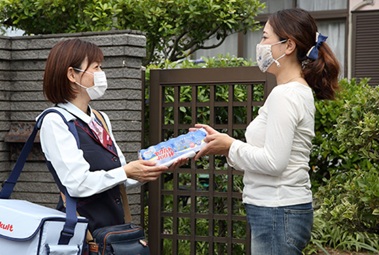
Most people buy Yakult at stores today, but the company continues the delivery network as a kind of social infrastructure.
Think of it less as a sales method, more like corporate goodwill in action.
Not just a drink—a Japanese system
Yakult isn’t just a probiotic. It’s a piece of Japanese health culture, designed and refined over 90 years. From the bacteria itself to the way it’s sold and delivered, everything reflects the country that created it.
Oh, and if you’re curious—yes, you can visit a Yakult factory in Japan. Some locations offer guided tours that let you see exactly how the little bottles are made (and yes, you get samples).
So the next time you see that familiar bottle in a fridge overseas, don’t be fooled by the size.
You’re looking at one of Japan’s most quietly successful exports.
More Than Just a Drink
Yakult is more than a fermented dairy product.
It’s a system—a living legacy built on science, habit, and human networks.
So the next time you spot that tiny bottle in a supermarket abroad, remember:
You’re holding 90 years of Japanese innovation in your hand.
You might also be interested in these articles
■Japan’s Factory Tours Are Free. But You Probably Won’t Leave Empty-Handed.
■Pocari, Aquarius, and OS-1. Japan’s summer survival kit

Born in Japan, raised in Toronto. I dive deep into anime, pop culture, and history — bringing both otaku vibes and global views.
